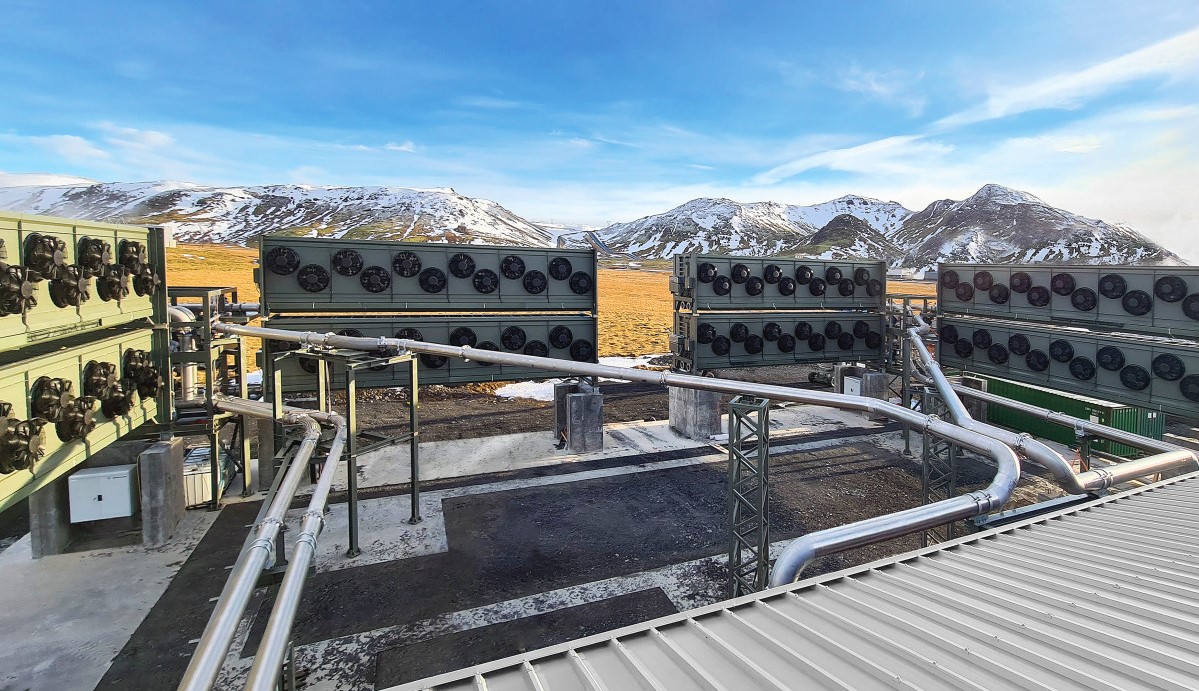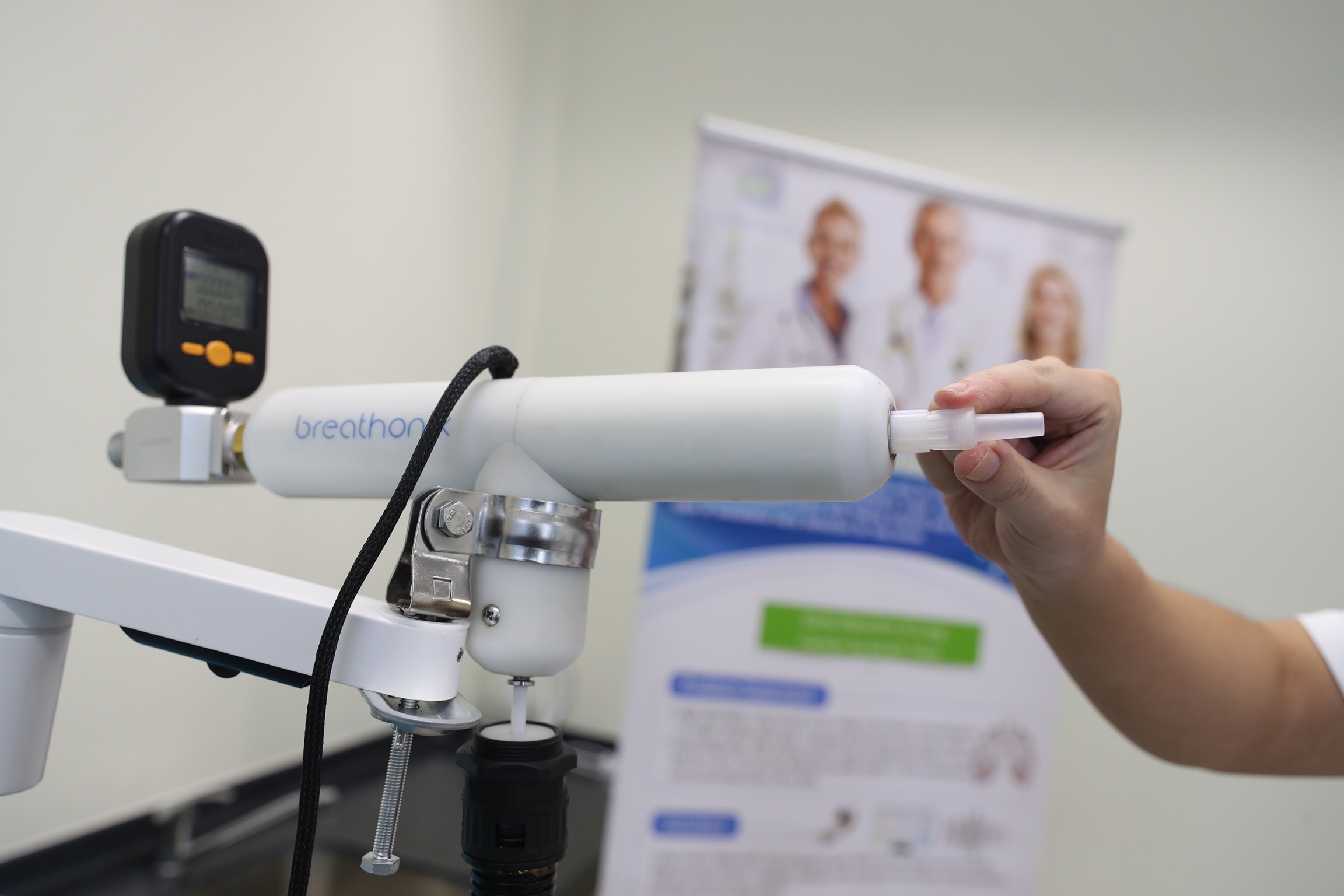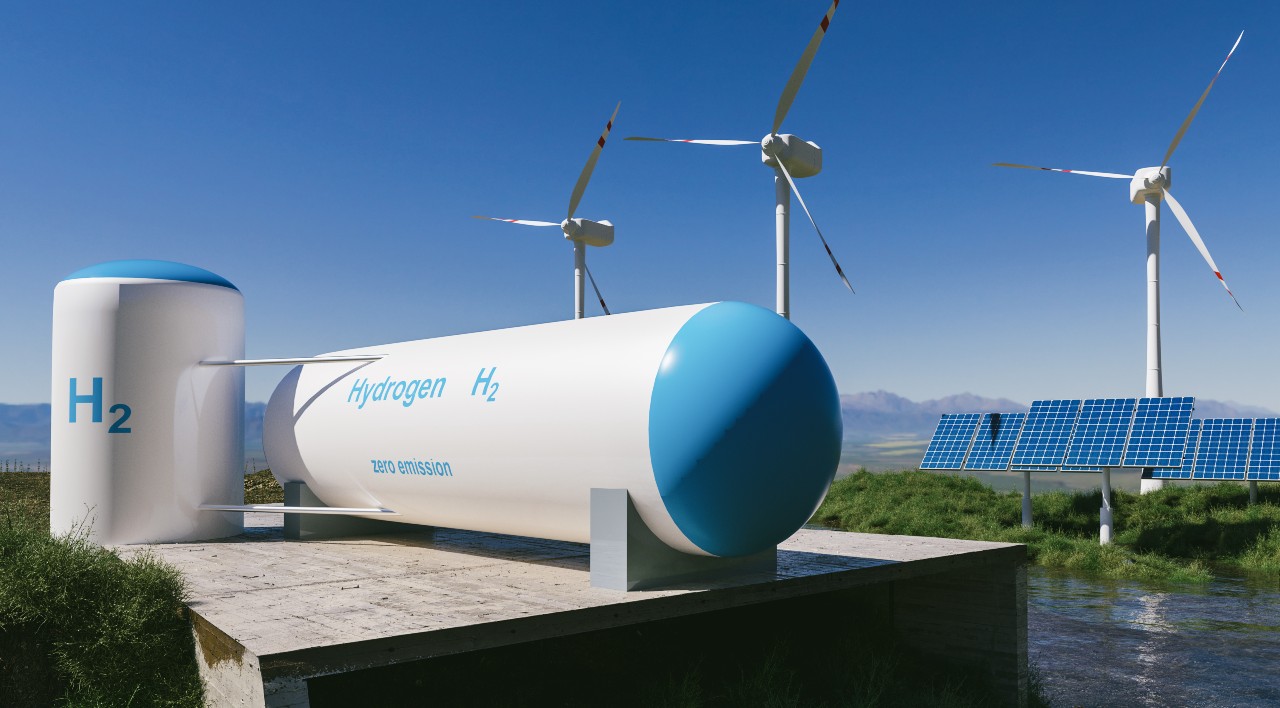The World Economic Forum has presented 10 new technologies likely to profoundly impact upon our lives during the next few years with 3D-printed houses and quick breathalyzer tests being among these.
International communities have pledged to establish ambitious objectives towards greenhouse gas reduction and sustainability for future decades. To reach these targets, however, countries will need to invest in technologies that are likely to contribute to their achievement. A report titled “Top 10 Emerging Technologies of 2021” presents the new technologies that will impact countries in the next three to five years. Managing Director at the World Economic Forum, Jeremy Jurgen, said:
“Our goal with the list is always to identify those with the greatest potential for impact, but we also want to provide a diverse and inspirational list. Every single technology has the potential to solve major global challenges.”
The authors of the report, Mariette DiChristina, and Bernard S. Meyerson noted:
“Think of our planet’s grand challenges: managing climate change; reducing energy use; sustaining food production; improving global health. Many of these efforts involve overlapping problems – and the potential for interlinked solutions. It’s no wonder the United Nations names “Partnerships” as its 17th Sustainable Development Goal.”
1️⃣ Growing demand for Decarbonization
To achieve net-zero greenhouse gas emissions, countries should implement low-emission development pathways and heavily employ technologies related to large-scale energy storage capacities, low/zero carbon chemical sources, the revitalization of railway networks, carbon sequestration technologies, low carbon agriculture, zero-emission transport means, and power sources. For instance, this year Iceland started the operation of the largest carbon capturing and storage plant.

2️⃣ Continuous-flow manufacture
The new technologies allow ingredients to be moved via tubes into small reaction chambers and thus allow drugs to be produced in portable machines in remote areas or field hospitals.
3️⃣ Crops making their own fertilizer
Aiming to improve crop yields, producers use 110 million tons of nitrogen fertilizer globally, accounting for 1% to 2% of the carbon dioxide released around the world. In view of this volume, self-fertilizing crops could be a perfect solution. Scientists are currently aiming to make crops catch nitrogen by themselves, “fixing” it to them in the form of ammonia as soy and beans do.

4️⃣ 5G technologies
Advanced 5G technologies with a tiny antenna within IoT sensors are expected to “harvest” energy from wireless signals, keeping batteries charged.
5️⃣ Breath-sensing diagnostics
Scientists soon expect to develop breath sensor technologies allowing the diagnosis of diseases by sampling concentrations of the over 800 compounds that exist in human breath. The Quick Breathalyzer Test is also expected to be effective for coronavirus detection. Lead researcher, Dr. Matthew Exline, Director of Critical Care at Ohio State University Wexner Medical Center said:
“The gold standard for diagnosis of COVID-19 is a PCR test that requires an uncomfortable nasal swab and time in a lab to process the sample and obtain the results.”

While a professor in Ohio State’s Department of Materials Science and Engineering and Department of Mechanical and Aerospace Engineering, Pelagia-Irene Gouma noted:
“This novel [Breathalyzer-type] technology uses nanosensors to identify and measure specific biomarkers in the breath.”
6️⃣ Technologies for longer and healthier life
Using insights from epigenetics and omics technologies capable of instantaneously measuring all gene activity or the concentration of all proteins in a cell, scientists expect to recognize biological markers that can predict disease.
7️⃣ Green Ammonia
In many cases, fertilizer production requires ammonia while synthesizing ammonia itself produces large amounts of greenhouse gases. Using renewable energy sources, scientists have pledged to synthesize ammonia without greenhouse gas emissions.

8️⃣ Wireless biomarker devices
While many people have a fear of needles, various acute and chronic diseases require regular blood testing. New wireless technologies allow nonstop, non-invasive monitoring of critical medical information without the use of needles. Currently, over 100 companies have already installed or are developing wireless biomarker sensing devices.
9️⃣ 3D printed houses
Developed countries have already deployed 3D printing technologies for fabricating houses. However, the widespread use of 3D printers for construction will allow emerging countries to build houses using local materials.

🔟 Space connects the globe
Low-cost microsatellites in low earth orbit promise to capture worldwide data on weather changes, moisture levels, soil and crop conditions, etc., and to download this information to central facilities for processing.

